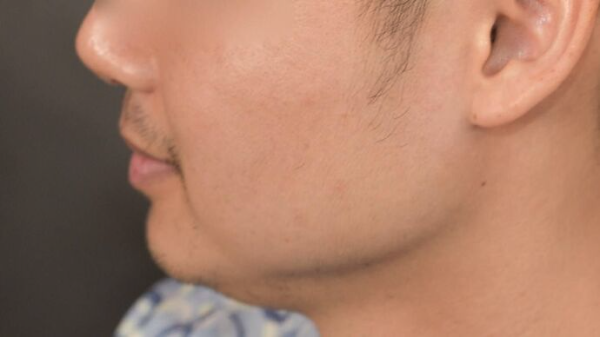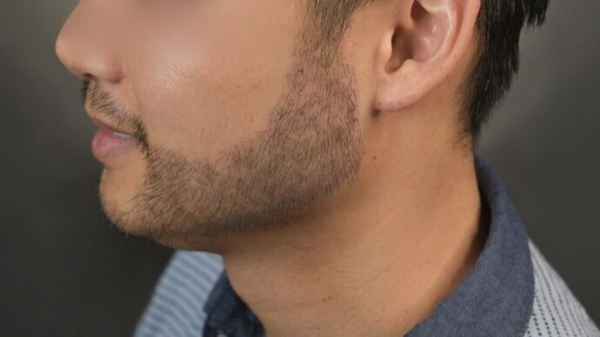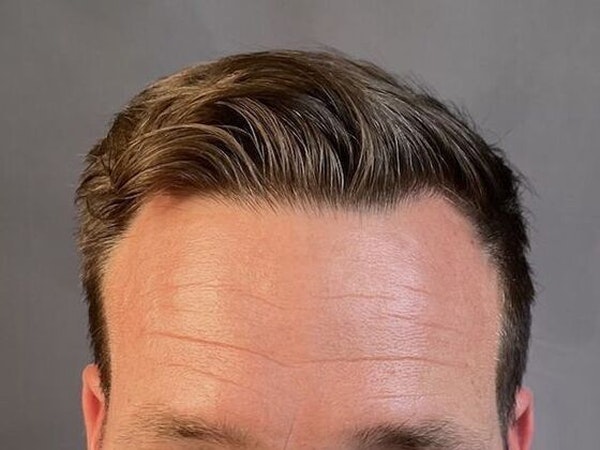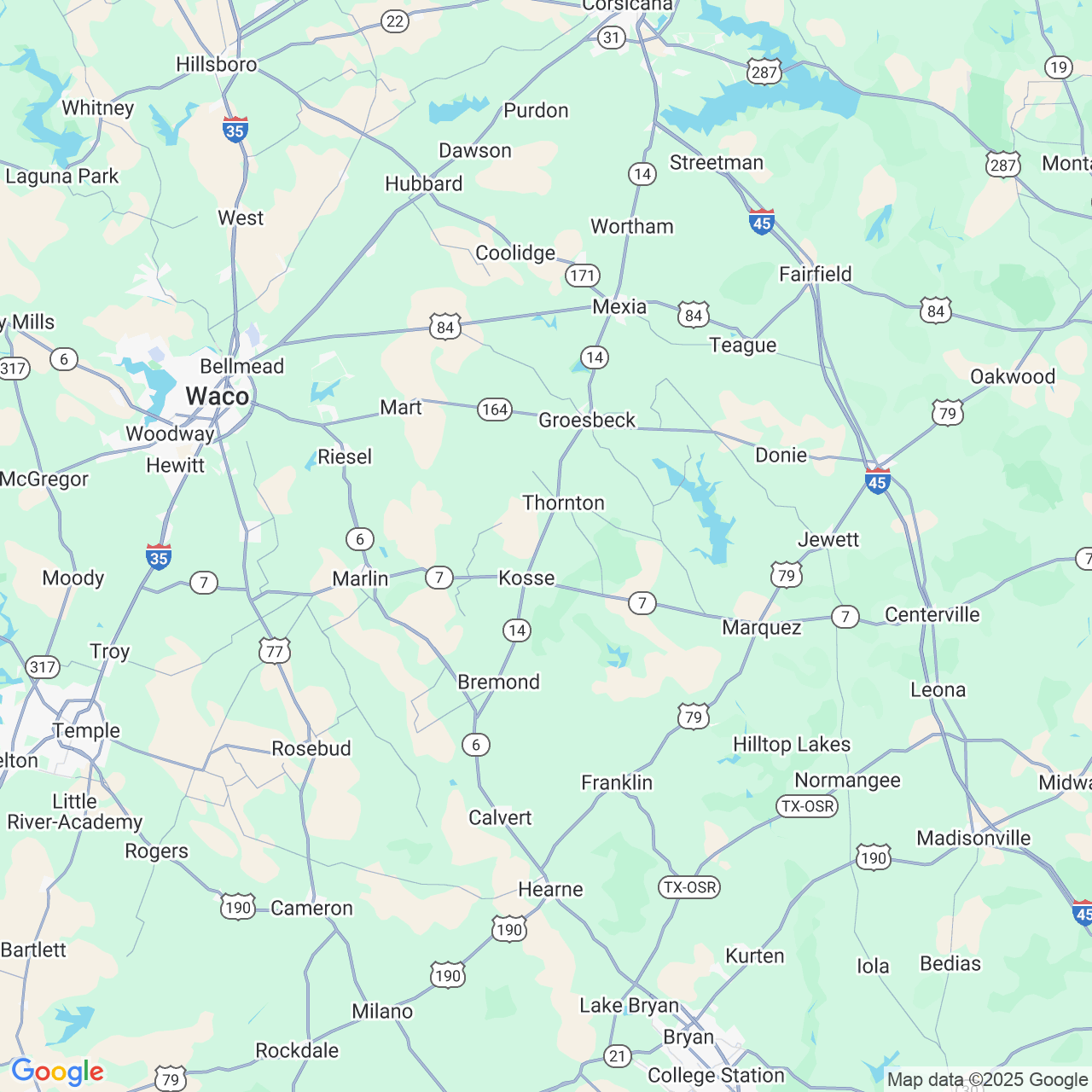FUT Hair Transplant Houston, TX
Natural Results From a FUT Specialist
- Board-Certified Hair Restoration Surgeon
- 6,000+ Restorations Performed
- Transforming Heads, Beards, and More
Our Incredible FUT Results
Dr. Arocha Has Been in Your Shoes
Work With a Hair Loss Doctor Who Understands
Dr. Bernardino Arocha's career as one of the nation's top hair restoration doctors is rooted in his own personal experience with a hair transplant. When Dr. Arocha began losing his hair in his 20s, he decided to undergo a hair graft. The excellent aesthetic results and how they boosted his confidence left a lasting impression.
Dr. Arocha now works to ensure every patient enjoys the same sense of satisfaction that he enjoyed after working with a hair loss doctor. As a board-certified surgeon, hair restoration educator, and someone who knows firsthand the power hair restoration has to change a life, Dr. Arocha is an excellent choice to help you achieve your goals.
Our surgeon is ready to discuss FUT hair transplants and other hair graft techniques that may suit your needs during a free consultation at our offices in Austin, Houston, or Dallas. Dr. Arocha can also meet with you virtually over FaceTime, WhatsApp, or Zoom. Book your consultation today!
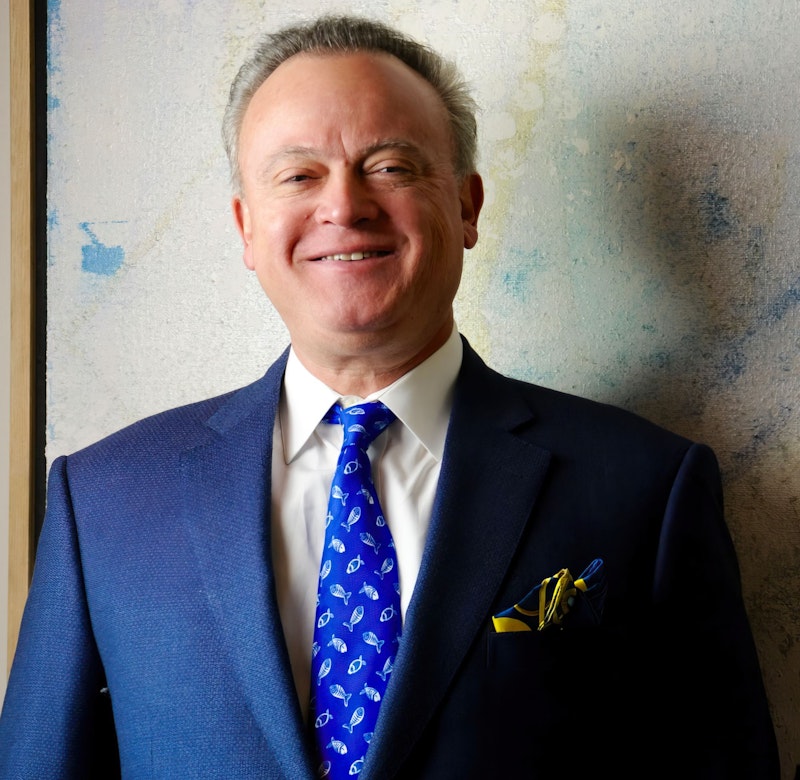
“Super happy with the outcome.”
“I am super thankful working with doctor Arocha and advise others to stop in and talk to him. I am a good looking man but being in public or taking photos hurt my self-esteem and confidence. To whom might this benefit talking about the procedure. I got FUT and I have to tell you guys it was so easy I could go back and do it again the next day. Yes, it was that easy and comfortable. The results, amazing super happy with the outcome.”
— Sean, 5-Star Review
What Does
FUT Achieve?
/
Hair transplantation surgery is the number one way to combat the effects of androgenetic alopecia, otherwise known as age-related hair loss. Follicular unit transplantation (FUT) is a modern hair transplant method that can rebuild your hairline and completely transform a balding head of hair.
How Does the Procedure Work?

After administering local anesthesia to numb the treatment area, a small strip of skin is removed from the back or side of your head. Hair that grows in these donor areas is typically permanent, making it ideal for a hair transplant.
Once the strip is removed, Dr. Bernardino A. Arocha and his skilled technicians perform follicular unit extraction, ensuring that over 98% of your donor hairs survive harvesting.
After the individual follicular units have been extracted from your natural donor areas, Dr. Arocha precisely implants the hair follicles into your scalp one by one. He uses his artistic sensibility to mirror the look of natural hair. For example, he mimics your natural hair growth patterns when placing follicular units for a seamless appearance.
This hair transplant is performed as an outpatient procedure at our Houston, TX, hair restoration practice. It typically takes four to six hours. Hair regrowth is gradual, but after 12–16 months, you will have a full, thick head of hair that you can proudly showcase for years.
FUT results are seamless and blend right in, avoiding the common pitfalls of older hair loss "solutions" that used the outdated hair plug method.
Caring for Your Hair After Transplant Surgery
You play an active role in ensuring the very best results. Here are a few tips to help you in the days and weeks following your hair transplantation:
Minimize Touching
Minimize touching the surgical site for at least a week after your follicular unit transplantation. This will help minimize irritation to the scalp and allow your head to heal.
Elevate Your Head
Sleep with your head elevated for the first week or so following your procedure. This will help reduce swelling. We also advise that you sleep on your back as much as possible.
Maintain Cleanliness
Wash your hair and scalp with a mild shampoo and conditioner at least twice a week. Avoid harsh chemicals. These can irritate your scalp, cause side effects, and impact your recovery time.
Be Careful Wearing Hats
Do not wear any type of hat for at least three days. After the first three days, you can wear a loose-fitting hat. You can resume wearing all types of hats after about a week. We recommend waiting a minimum of 10 days before helmet use, but the longer you can go, the better.
If you develop symptoms such as pain that is not easily managed at home, excessive swelling or bleeding, or signs of infection such as fever, please contact our Houston office so we can address the issue promptly and minimize any potential complications.
“A master at his craft.”
"Dr. Arocha is in a class of his own. Firstly, he is an ethical and honest surgeon (qualities hard to find in the industry.) He isn’t trying to make a sale, but rather genuinely cares about his patients. I have experienced both of his FUT and FUE procedures. Dr. Arocha continually improves his methods and uses the most modern techniques in his transplants. The doctor is a master at his craft. Hair loss is depressing and a tough battle; make Dr. Arocha an ally and don’t hesitate to contact Arocha Hair Restoration!”
— Leon, 5-Star Review
We Pride Ourselves On Treating Houston's Diverse Community
Hair loss can affect anyone. We provide life-changing FUT hair transplants for men, women, gender-transitioning patients, and patients with diverse ethnic backgrounds. In addition to the scalp, this procedure can also be used to restore facial hair. Dr. Arocha even performs revision procedures for patients who received unsatisfactory hair transplants elsewhere.
FUT Facial Hair Transplants Achieve the Fuller Beard You Want
For many men, a thick, full beard is just as important as a robust head of hair. If you're not satisfied with your facial hair growth, you're in the right place at our Houston practice. Beard restoration is a specialty of Dr. Arocha's. He can perform a facial hair transplant using follicular unit transplantation, FUE methods, or a combination of the two. Take a look at before-and-after photos of one patient who underwent the procedure:
“They made me feel at ease.”
“I had a goatee transplant with Dr. Arocha last year in September and I really liked the results so I went back in April of this year to do the rest of my beard! The staff was great, they made me feel at ease throughout the procedure. There was little to no pain during the procedure due to the anesthesia, and they showed me how to properly care for the donor and transplanted area for the days following the procedure.”
— Lucio, 5-Star Review
Frequently Asked Questions About FUT Hair Transplants in Houston, TX
Q. Do FUT hair transplants hurt?
A. No. The area will be thoroughly numbed before your procedure begins. If at any point you feel any discomfort, please let your team know so we can make adjustments to ensure your comfort. It's normal to experience some tenderness and mild discomfort at the donor and recipient sites as you heal, but this is usually easily managed with over-the-counter pain medication.
Q. Is this procedure permanent?
A. Yes. FUT hair transplants are a permanent solution for hair loss. The hair will go through a cycle where it may thin and fall out around two to eight weeks after your transplant. However, once that occurs, it will continue to grow normally, providing a thick and permanent solution for your hair loss.
Q. How many follicular units will I need?
A. This depends on your unique situation and your desired results. Dr. Arocha will determine how many follicular units will help you achieve your goals.
Q. How big is the transplant strip?
A. Your doctor will only remove enough tissue to achieve your desired results. The transplant strip should be relatively small, but the size will vary depending on how many follicular units are needed to address your hair loss. On average, the donor site is about 0.5 to 1.5 cm wide and 5 to 30 cm long.
Have more questions about FUT hair transplantation? We're more than happy to answer them. Just reach out.
Practicing in Houston, TX, since 2002, Dr. Arocha has completed more than 6,000 successful hair transplantation procedures to date.






